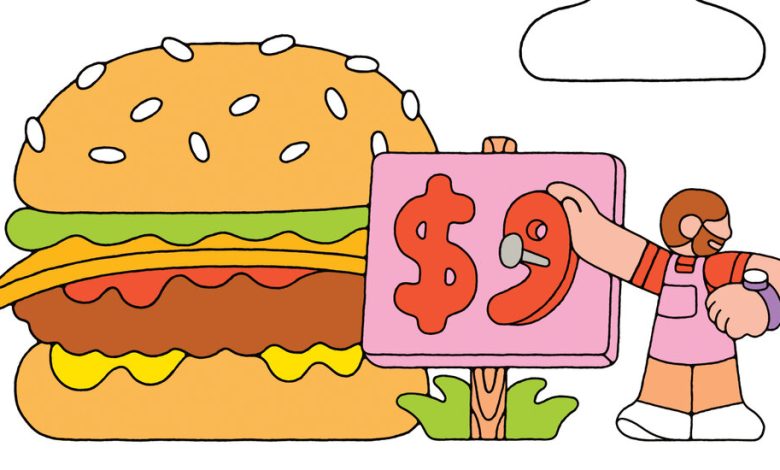Consumers Hate ‘Price Discrimination,’ but They Sure Love a Discount

It’s been a strange and maddening couple of years for consumers, with prices of essential goods soaring and then sinking, turning household budgets upside down.
Listen to this article with reporter commentary
Open this article in the New York Times Audio app on iOS.
Perhaps that’s why, in late February, the internet revolted over Wendy’s plan to test changing its menu prices across the day. If the Breakfast Baconator winds up costing $6.99 at 7 a.m. and $7.99 three hours later, what in life can you really count on anymore?
The company later issued a statement saying it would not raise prices during busy parts of the day, but rather add discounts during slower hours. Nevertheless, the episode won’t stop the continued spread of so-called dynamic pricing, which describes an approach of setting prices in response to shifting patterns of demand and supply. It might not even stop the growth of “personalized pricing,” which targets individuals based on their personal willingness to pay.
And in many circumstances, customers may come around — if they feel companies are being forthright about how they’re changing prices and what information they’re using to do it.
“There’s a need for some transparency, and it has to make sense to consumers,” said Craig Zawada, a pricing expert with PROS, a consultancy that helped pioneer dynamic pricing by airlines in the 1980s and now works across dozens of other industries. “In general, from a buyer standpoint, there has to be this perception of fairness.”
